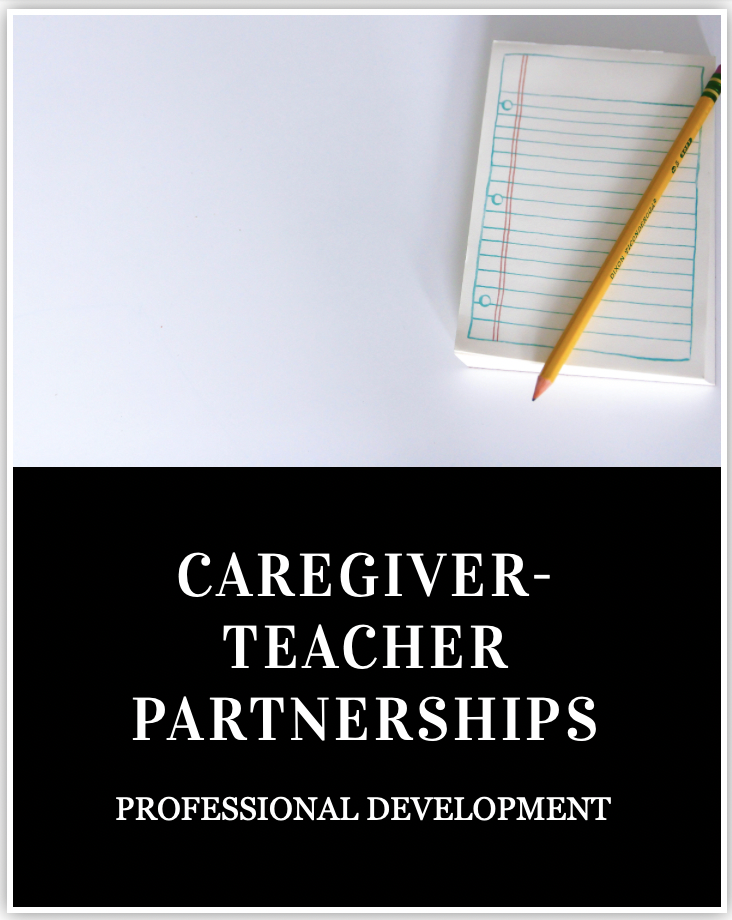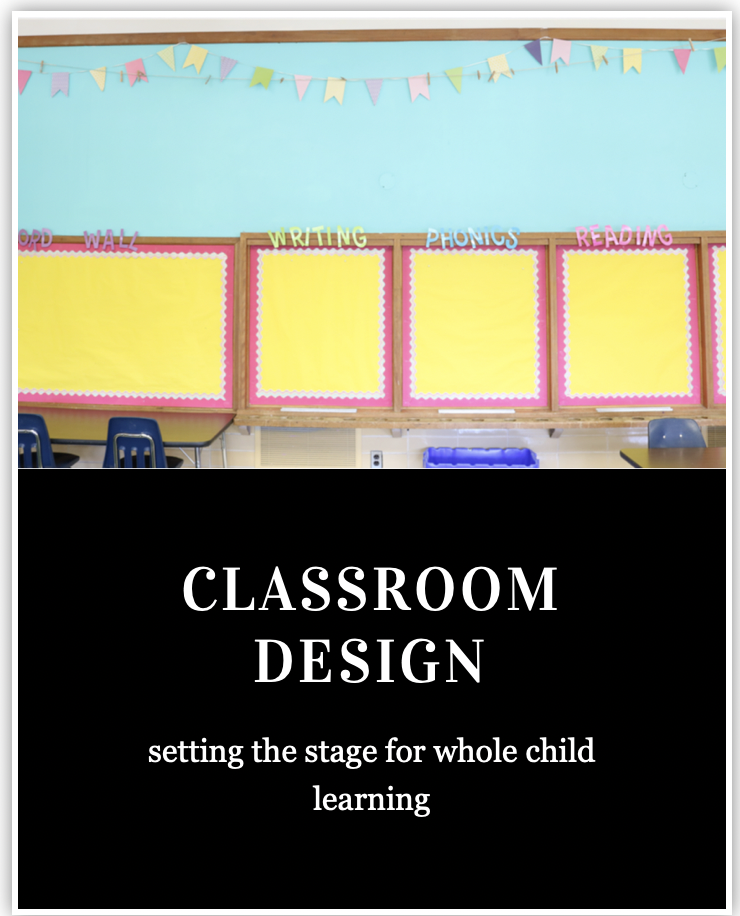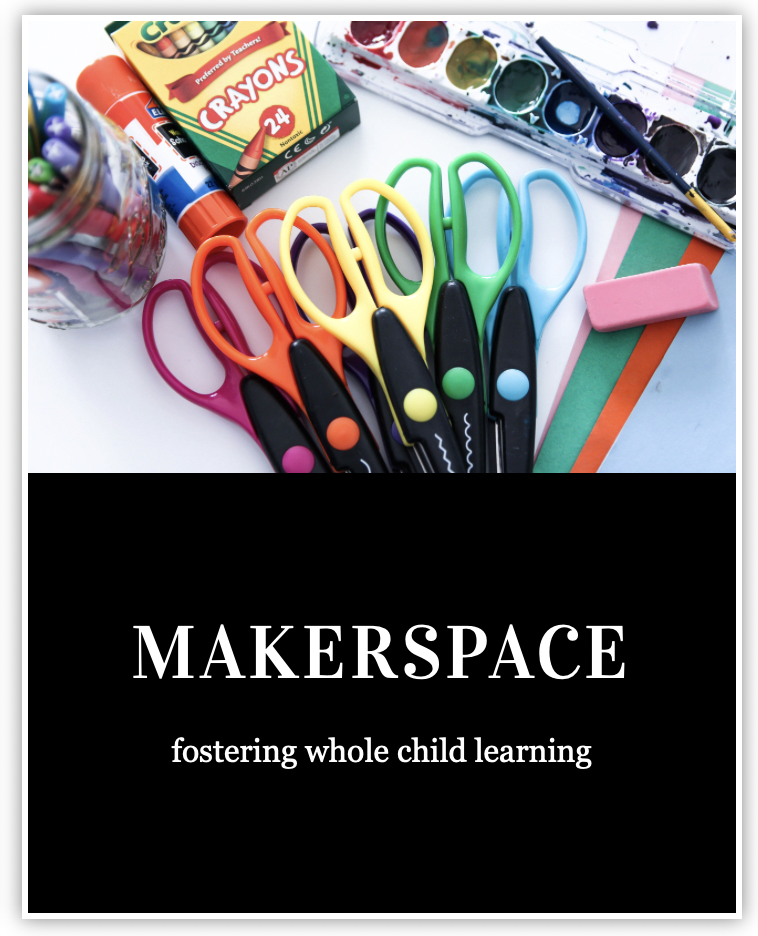– host school wide parent information meetings where parents are invited to come and learn about school norms, school philosophies,
– host classroom parent information meetings where parents are invited to meet you, learn about your teaching philosophy, your classroom norms, your grading systems, and information about the curriculum that you use. If possible, host these informational meetings before school starts. That way, if their child ever has questions or is worried about something, especially on the 1st day of school, their parent can be a resource and help them feel confident.
– send out monthly newsletters that detail upcoming important dates, units of study, special at home skills they can practice, and other announcements
– ensure all of your communication with caregivers is done effectively
– involve parents in volunteer opportunities such as work room parent helper, homeroom parent, classroom events, sending supplies for classroom activities
– involve parents in classroom lessons where applicable such as special cumulative projects where extra hands in the classroom are helpful
– send pictures to caregivers with a few guided discussion questions so they can ask their child specific questions (e.g. during your math lesson today, what number did you skip count by? OR do you know what number is 9 tens & 2 ones?) rather than opened ended questions (e.g. what did you do at school today?), which can be challenging for kids to answer.


